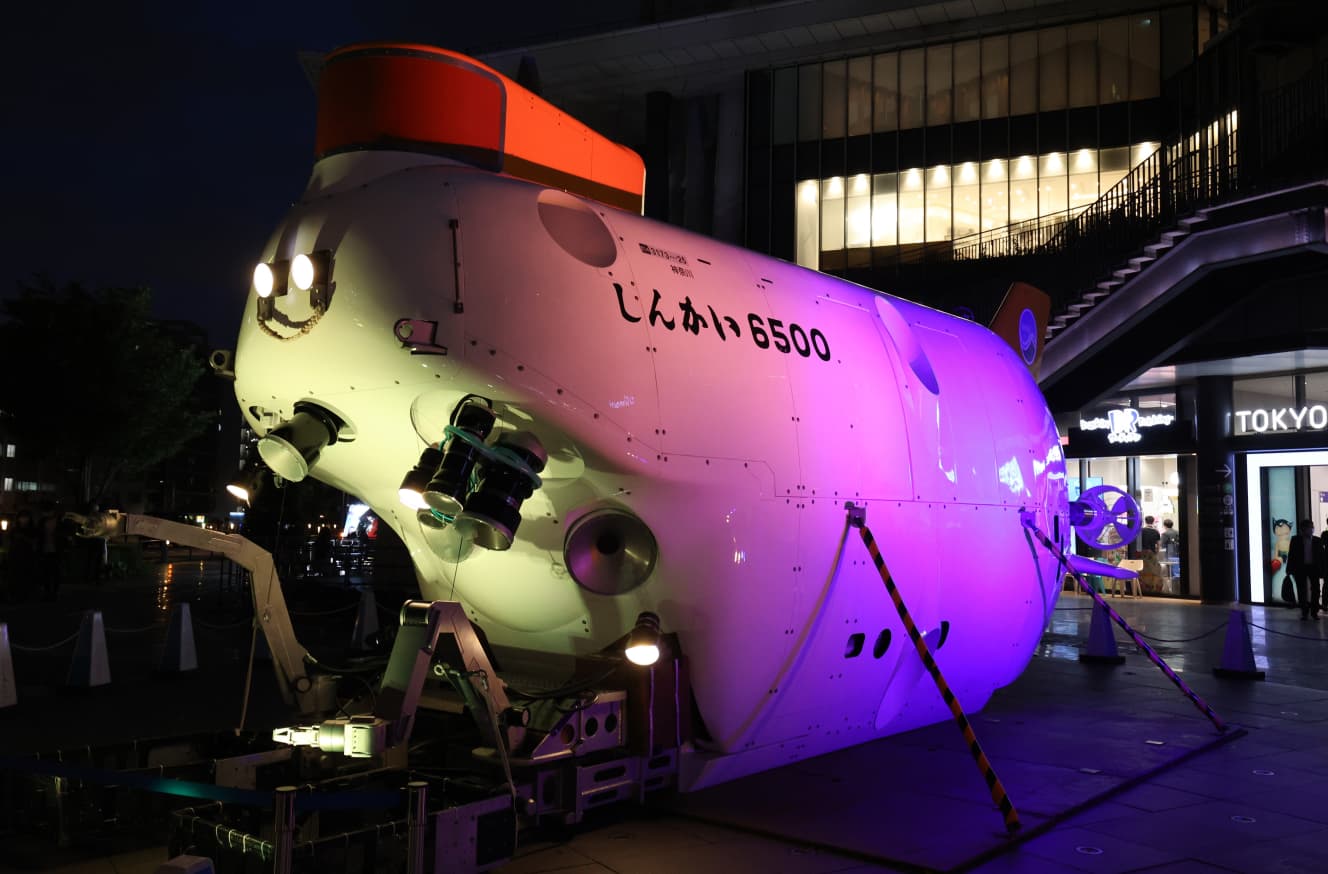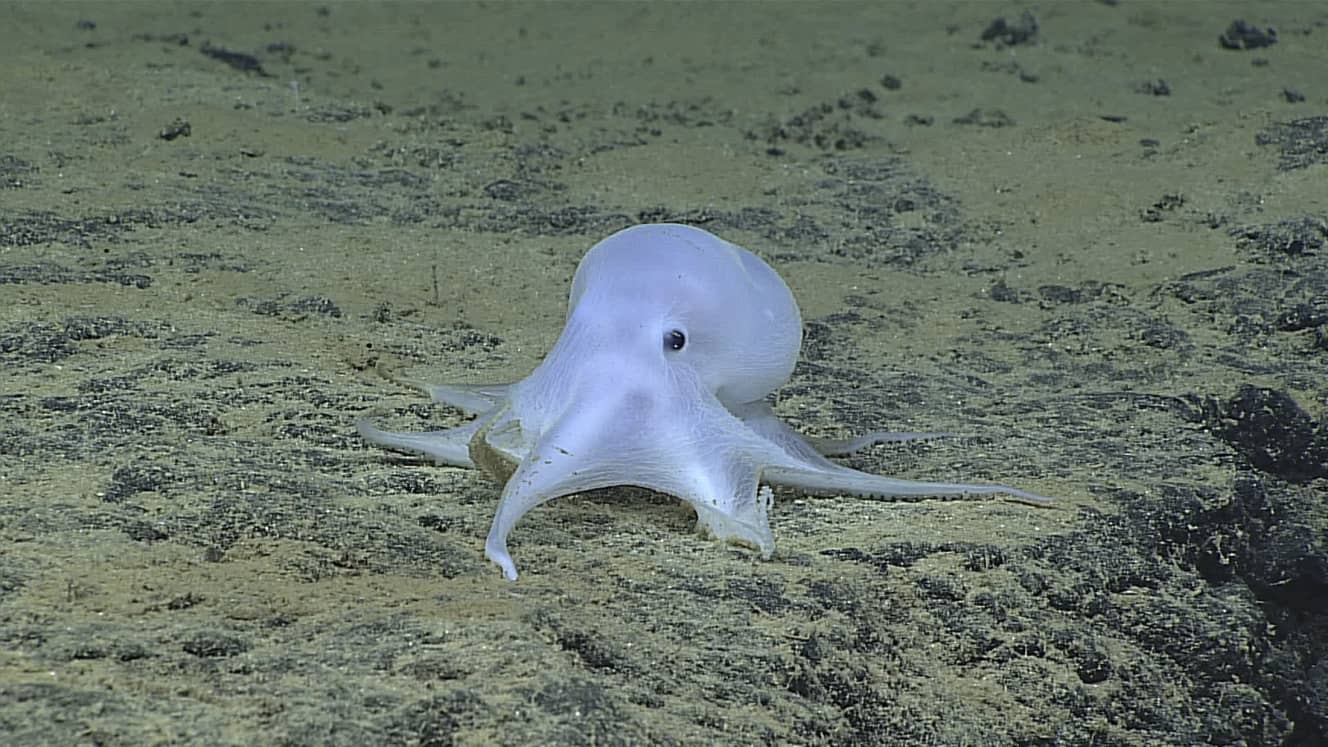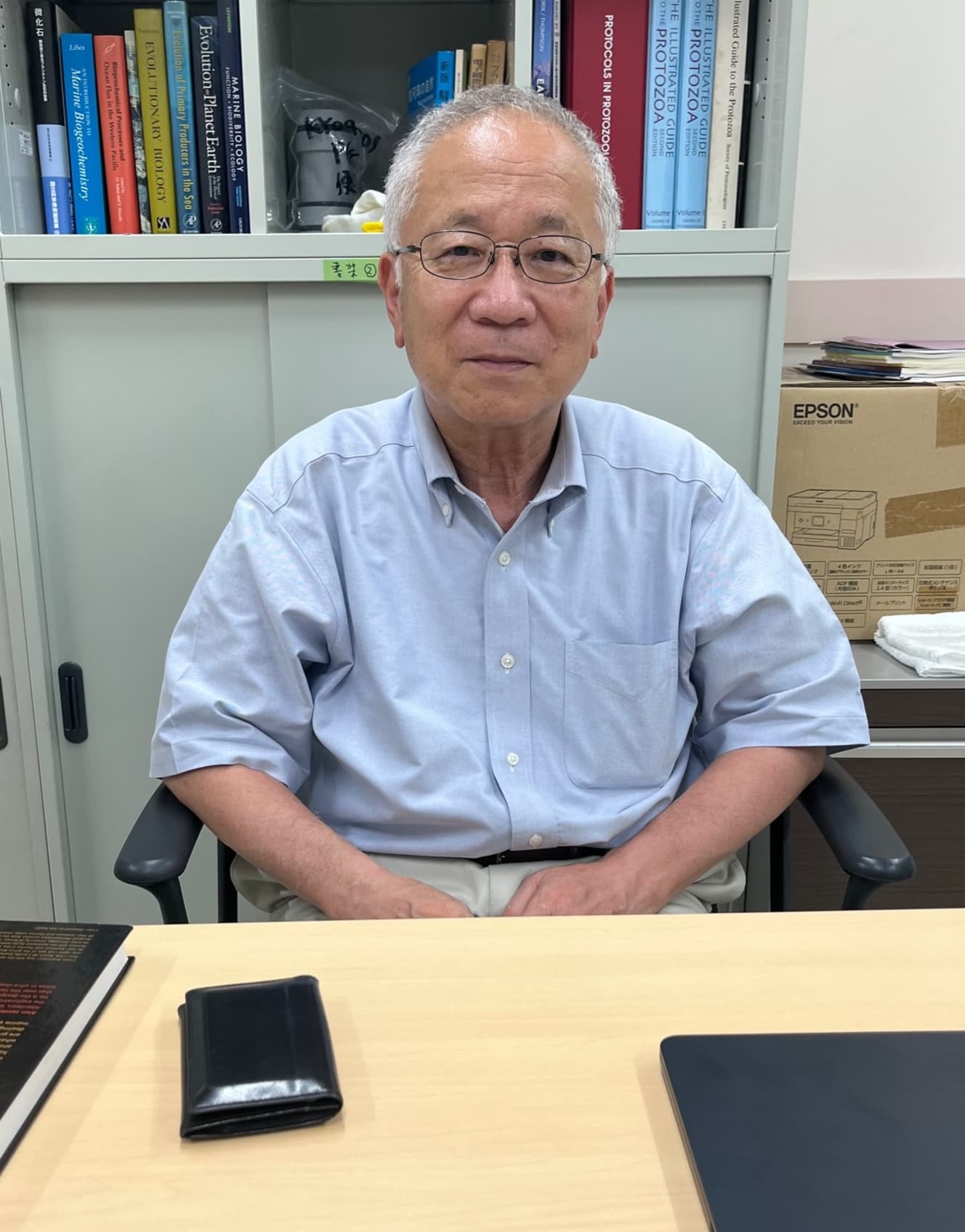The Shinkai 6500, one of only 10 manned submersibles in the world, has a lifespan of approximately 5 years.
There are only 10 manned submersibles in the world, including the Shinkai 6500, that can dive to depths of 6500 meters or more. But…
The manned submersible Titan suffered a tragedy. Although there are only 10 manned submersibles in the world capable of diving to “ultra-deep sea” depths of 6500 m or more, the fact that the “Titan” was diving without official certification has become a problem.
One of these 10 vessels is Japan’s Shinkai 6500. Japan is indeed a technological powerhouse. Japan is also an island nation, and it is not negligent in its research and study of the sea,
The “Shinkai 6500” was built in 1989. It has already made more than 1,500 dives, and five more years is probably the limit. If we don’t build a successor soon, there will be no more manned submersibles in Japan, but we may not be able to build one with Japanese technology anymore.
Dr. Hiroshi Kitazato of Tokyo University of Marine Science and Technology says something shocking like this.
I hear that there is a plan to build the Shinkai-12000, which can dive 12,000 meters,
The plan was first proposed in 2002. The research was funded, but no budget has been allocated since then.
Therefore, the technology has not been handed down to the next generation, and it is no longer possible to build a submarine using only domestic technology.

Manned submersibles” can no longer be built with Japanese technology…
In the ocean, one atmospheric pressure is applied for every 10 meters underwater, and if you dive 10,000 meters, you will be subjected to an intense water pressure of 1 ton per 1㎠. To withstand this pressure, for example, requires welding techniques that can be described as “virtuoso”.
However, “Shinkai 6500” was built 30 years ago. The craftsmen who worked on the Shinkai 6500 have already retired, and their skills have not been passed down to the next generation. The buoyancy materials required for the submersible to rise to the surface have not been made for 30 years, and it is unlikely that they will be made again.
On August 13, 2010, a research team led by the Tokyo University of Marine Science and Technology visited the deepest point in the Ogasawara Trench at 9,801 meters by submersible, breaking the “deepest Japanese diving record” for the first time in 60 years. A camera installed on the unmanned exploration robot Lander, which was deployed as an undersea lighthouse during the dive, was able to capture images of deep-sea fish swimming at a depth of 8,336 m. In April 2011, the team was recognized by Guinness World Records as the “deepest fish.
Why was the “Shinkai 12000” project abandoned?
One reason is the bubble economy. In those days, when money was plentiful, the government and industry thought that they could just buy what they needed rather than creating new things. They did not spend money for technological innovation. That’s why Japan’s technological capability has declined, and not just in submarines.”
I wondered why we had fallen so far behind the rest of the world, and that’s what happened. If they had the money, they could have spent it on as much research as they wanted.
Incidentally, the Science Council of Japan estimated the construction cost of the “Shinkai 12000” at 30 billion yen (or 50 billion yen). Dr. Kitasato says, “This won’t be enough,” but the money spent on Miner Point was 2 trillion yen. If we had this much?
Japan has many “ultra-deep seas,” a treasure trove of rare metals and other resources, in the seas around Japan, but…
There are 22 ultra-deep-sea trenches in the world that are deeper than 7,000 m. Six of these trenches are in Japan’s exclusive economic zone. Six of them are in Japan’s exclusive economic zone. It is believed that a variety of mineral resources, including rare metals, lie in these ultra-deep seas. The potential for Japan to become a resource-rich country is right around the corner. So why not focus on building submarines?
Because mineral resource extraction can be done by unmanned vehicles.
Certainly, surveys of marine mineral resources are being conducted, and new mineral deposits have been discovered in the waters of Okinawa, Izu, and Ogasawara.
There is always a debate about whether unmanned vehicles can be used instead of manned submersibles. For example, if you want to collect mud from the seafloor and find organisms in it, you can do it with either unmanned or manned submersibles. However, with drones, the location of where you drop them off will depend on the chance of where you drop them off.
On the other hand, with a manned aircraft, a human can see and move around.
With a manned aircraft, on the other hand, a human can see and move around. “With a human, you can see the whole area, near and far, so you can pick a good spot and move on, but with an unmanned aircraft, you have to focus the camera to see. Also, we can move and observe the deep sea with our five senses, feeling the flow and turbidity of the water. The study of nature begins with seeing it with your own eyes.”
Without discovering something previously unknown and knowing how it functions and what it is doing, science cannot progress. That is important for the study of the earth, especially the global environment, according to Dr. Kitasato.
Dr. Kitazato himself has dived to 8,000 meters aboard a foreign manned submersible.
The trenches in Japan’s Exclusive Economic Zone are all unique, with slightly different crustal deformations. When landslides occur due to large-scale crustal deformation such as the Great East Japan Earthquake, you can see dynamic ecosystem transitions, such as new organisms taking up residence there. You will never get tired of seeing them.”

Currently, we get donations and foreign private research vessels to take us there.
Now that it is technically impossible to build a manned submersible in Japan, Dr. Kitasato envisions creating an organization that will serve as the core of ultra-deep-sea research and a platform to promote research.
A manned submersible is extremely expensive, but an unmanned exploration robot lander can be built for just over 10 million yen. To take it to the ocean, we need to charter a ship, train personnel, etc. If we organize a one-month voyage once every two years, it will cost roughly 300 to 500 million yen over five years.
However, this is much cheaper than the tens of billions of yen spent on rocket launches. With that, we can get closer to the mysteries of the ultra-deep ocean around Japan.
Dr. Kitasato hopes to continue his research by collecting donations from people who agree with his plans to investigate the ultra-deep sea.
“I think we can also take the opportunity to have foreign private research vessels take us out to investigate the deep sea around Japan, like we did in August and September of ’22 when we investigated the Ogasawara Trench and other areas of the deep sea around Japan. With high aspirations, I would like to fulfill my dream.
There are probably still craftsmen in Japan who possess outstanding skills. If such people get together, they may be able to build a submarine. I believe it is my job from now on to create such a system.
When the Shinkai 6500 reaches its end of life in five years, its pilots will lose their jobs. Dr. Kitasato says that by conducting research together with foreign commercial research vessels, the pilots may be able to keep their jobs.
The first submersible was built in Japan in 1929. It was called Nishimura-type submersible and could dive down to 200 meters. After the war, Hokkaido University built the Kuroshio in 1949, followed by the Shinkai 2000 and the Shinkai 6500, and there is a long history of manned submersibles being built.
In order to keep that history alive, I believe we must start this project immediately.
We wish Dr. Kitasato the best of luck, but we wonder if the Japanese government will simply back away from the development of manned submersibles.

Dr. Hiroshi Kitasato is currently a visiting professor at the Department of Marine Environmental Science, Tokyo University of Marine Science and Technology, after serving as the Director of the Marine and Extreme Environment Biosphere Area of the Japan Agency for Marine-Earth Science and Technology. He is also a Senior Research Fellow at the Danish Institute for Ultra Deep Sea Research. He specializes in geology, earth life science, deep-sea biology, and marine micropaleontology. He was awarded the Yokoyama Prize of the Palaeontological Society of Japan in 2010. He is the author of Deep Sea, Another Universe: The Birthplace of Life as Seen by the Shinkai 6500.
Interview and text by: Izumi Nakagawa PHOTO: Afro